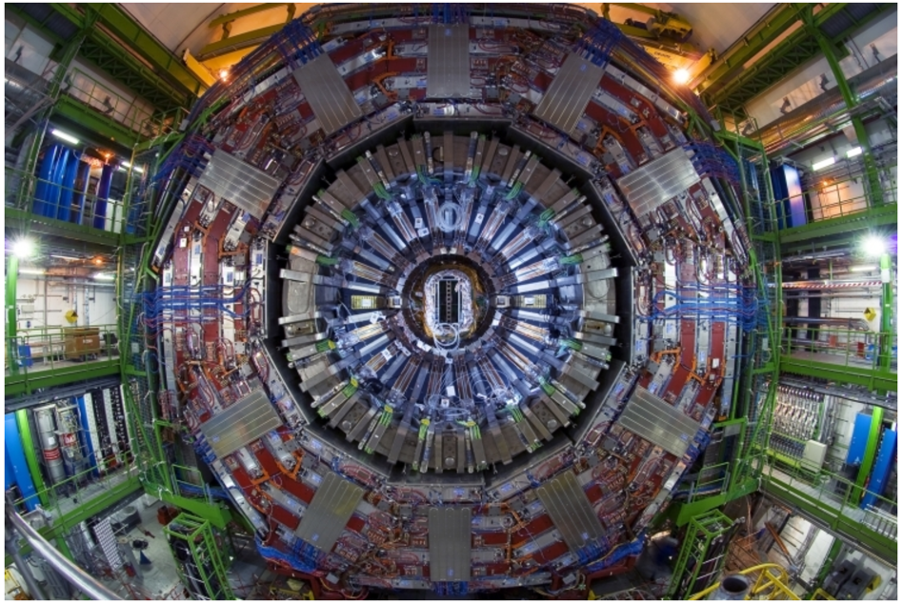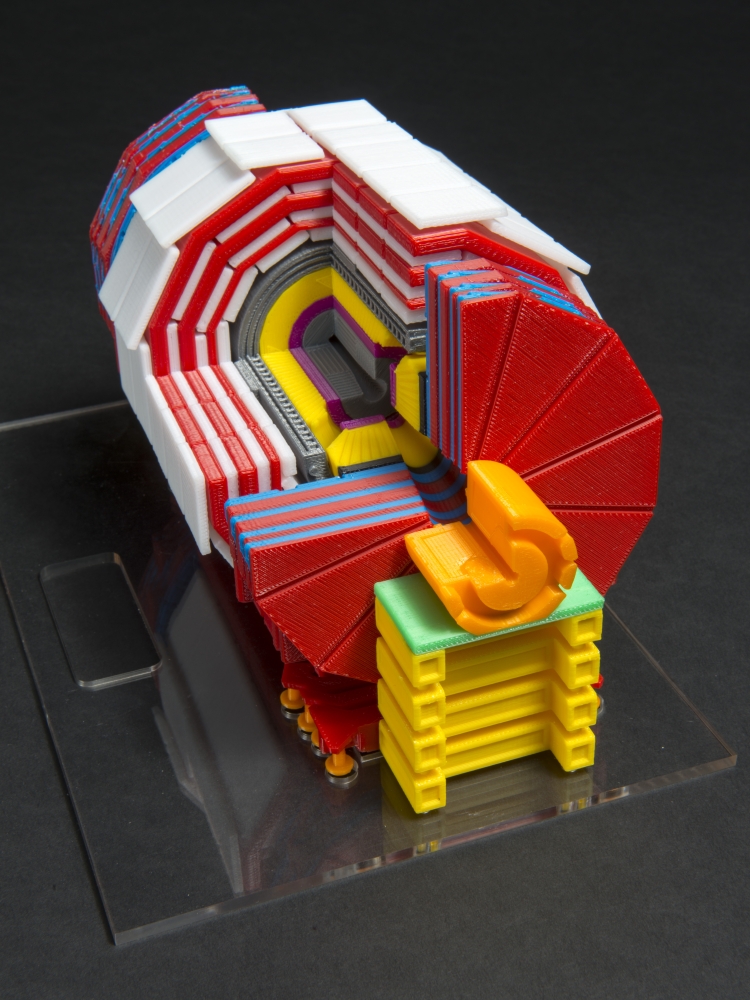
Build your own CMS detector at home!
Well… sort of! Perhaps it won’t function just as well as the real deal, but you can keep a little model of it with you to gaze at, use it to help others visualise what the detector looks like, or keep it front and centre as informative decorations at science events (or on your desk)!
Have you made a model we don’t know about? Reach out to us to let us know and we can add it to the CMS resource list and others can build it too!
LEGO Models
The Mega Lego Masterpiece!
Over 13,000 pieces, about 60 cm x 30 cm x 30 cm in size, and about 48:1 in scale, which is roughly the same as a LEGO person! This was a mammoth project undertaken originally by Jaime Gomez, Jeff Temple, and Marguerite Tonjes of the High Energy Physics group at the University of Maryland, and then built in several other locations.
Find out more about the journey to make the model here.
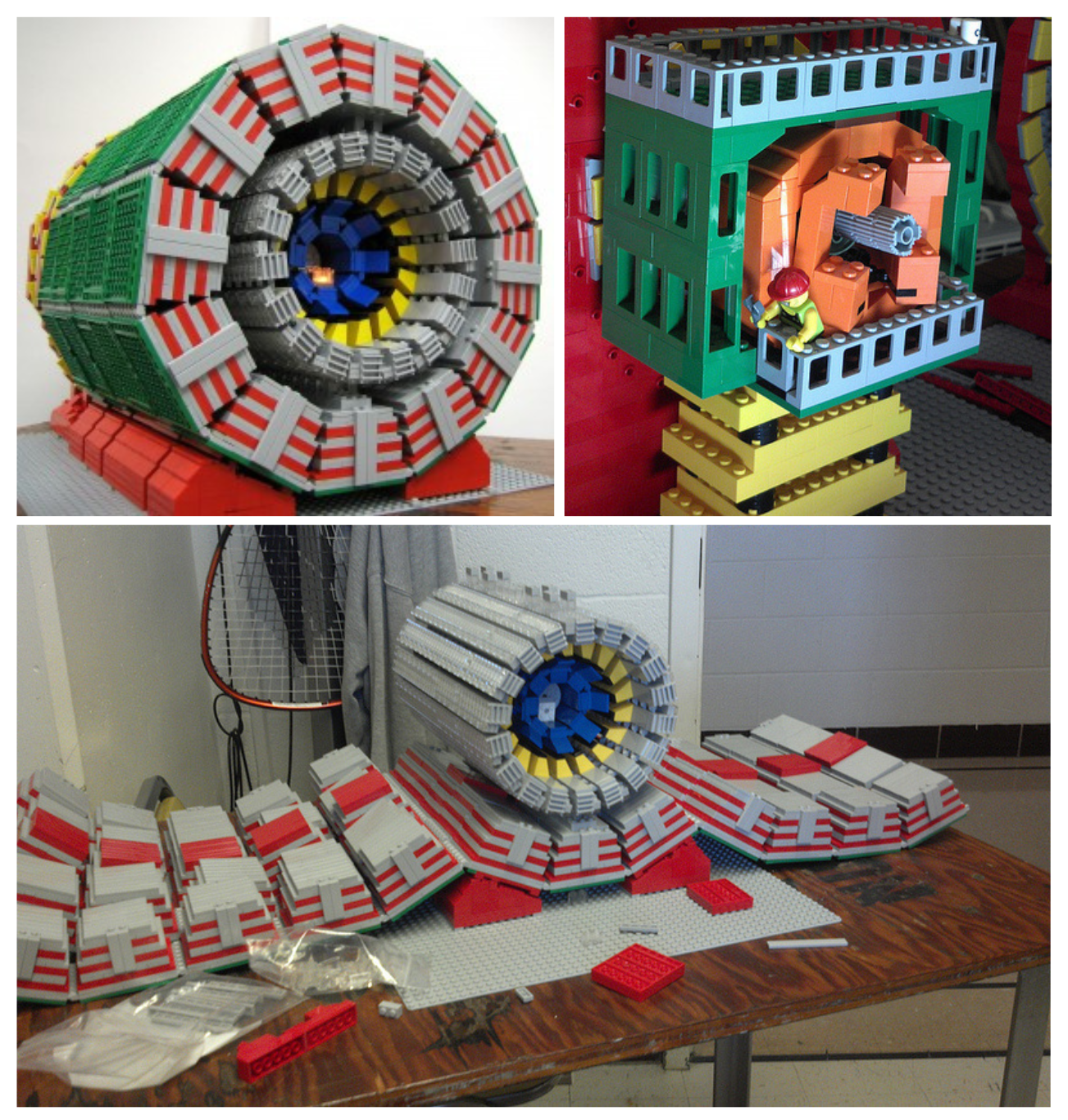
If you’d like to build an HL-CMS lego model let us know!
The mini version was created by the same team at the University of Maryland, and is made up of around 300 pieces to create a detector with a scale of 2000:1!
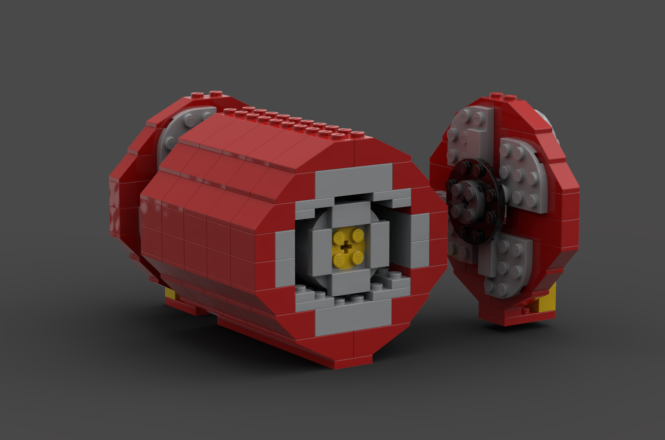
A truly cute and micro version has been created by the incredible Nathan Readioff as part of the LEGO LHC! You can find not only CMS, but also the other experiments and a little control room too. The entire LHC is made up of only 371 pieces.
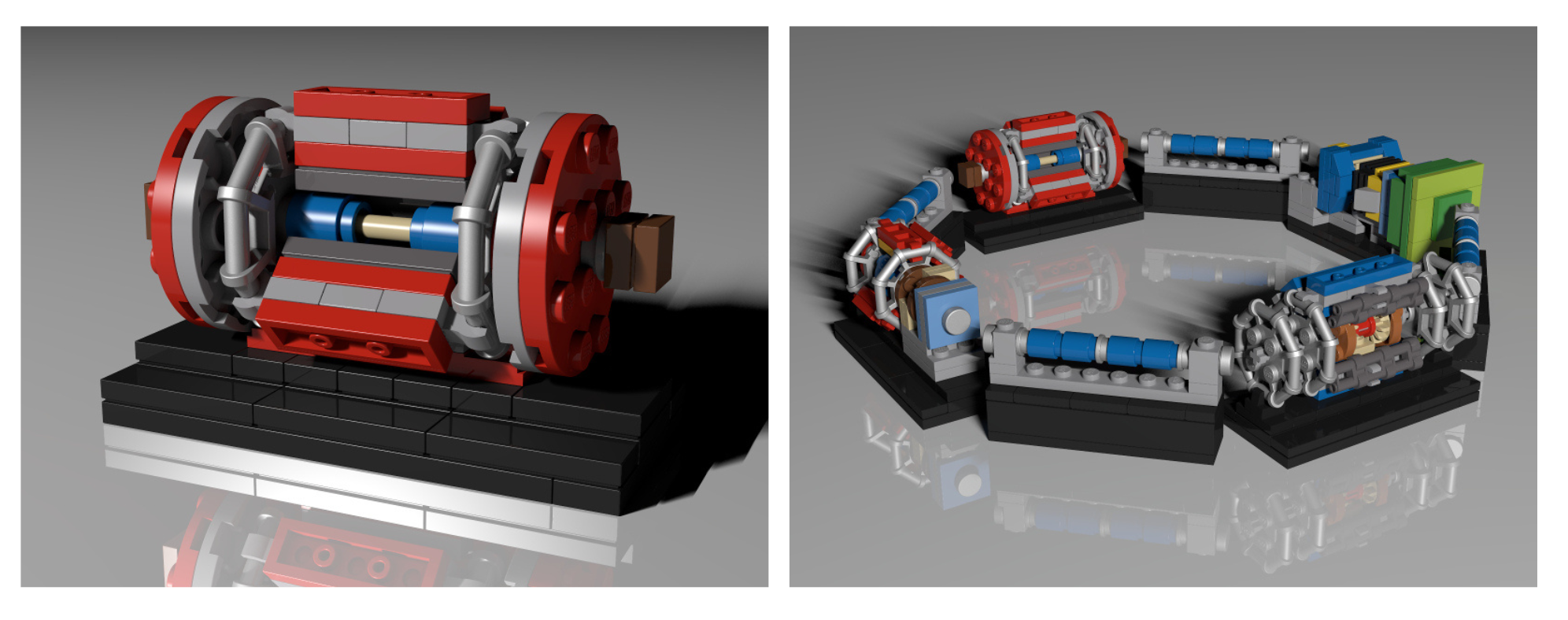
3D Prints
If you prefer printing to constructing, there are two different 3D prints available for you!
This gorgeous, large, 3D print shows a cutout of the CMS detector! It has a scale of 120:1 and a total length of 20-25cm. It was created by James Wetzel at Fermilab, and then modified for sharing by Alex Iribarren from CERN and posted online for anybody to print.
It is printed in several different parts and then assembled, and is perfect for seeing many of the different components of CMS!
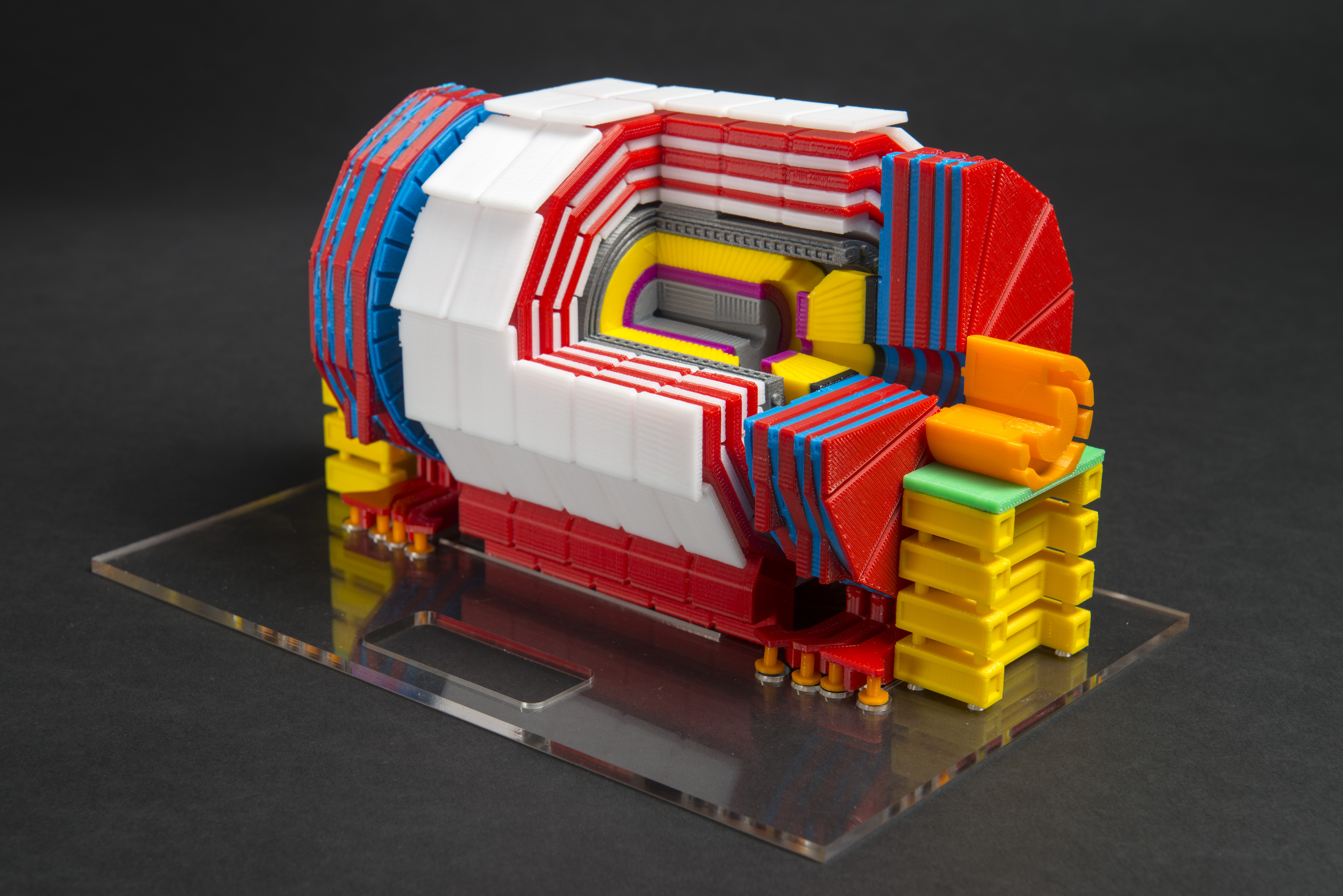
Alternatively, you can print mini versions of the same cutout in two different ways: one using magnets to keep the endcaps attached to the central section, and one using printed supports that slot in. The magnet version was created by Alex Iribarren, and the supports version by Davide Primc. The latter can be printed in a single colour or in multicolour, allowing you to differentiate between the different subsystems. Both only need a handful of hours to fully print!
Mini CMS with supports in multi and single colour:
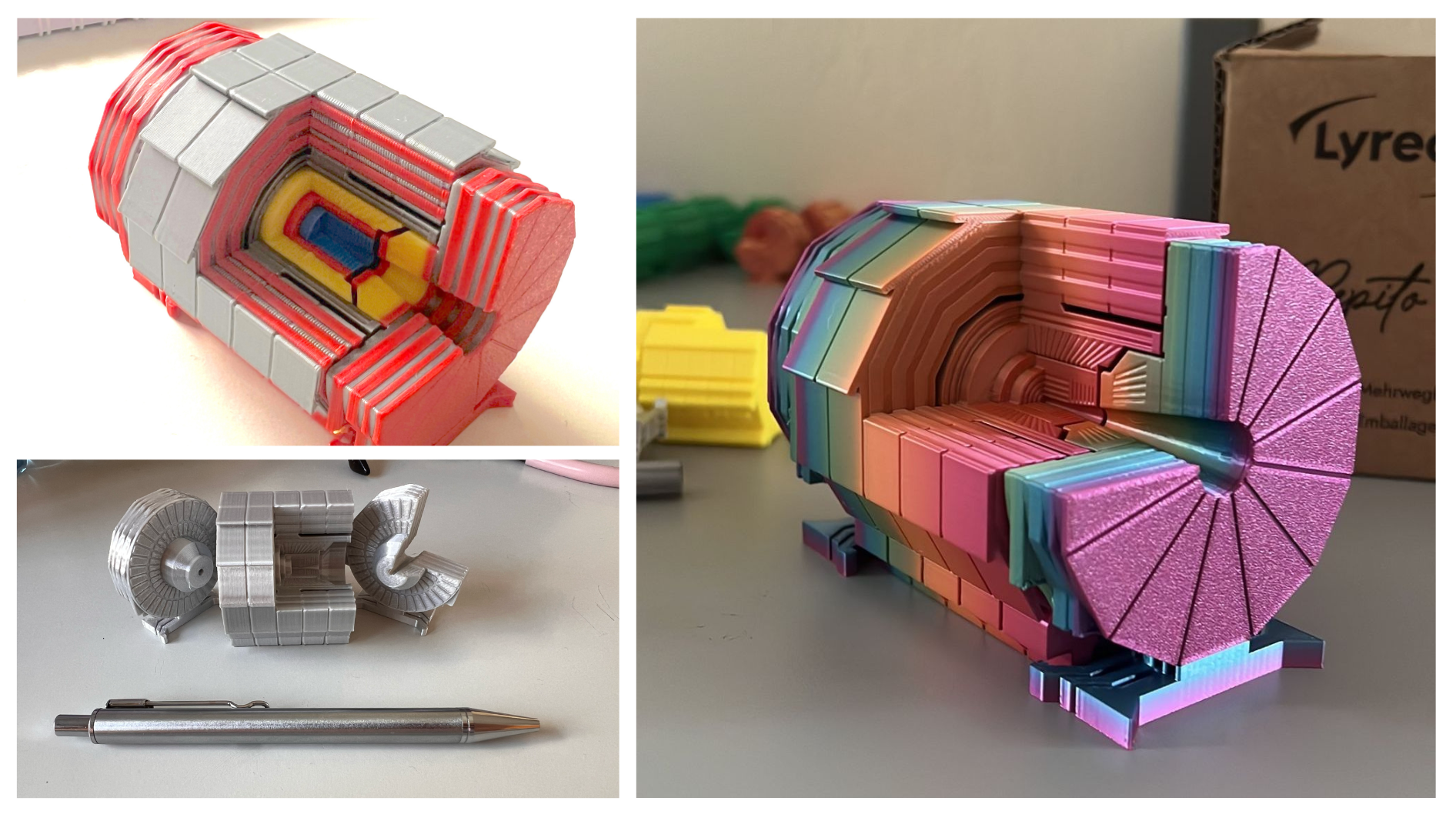
Mini CMS with magnets:
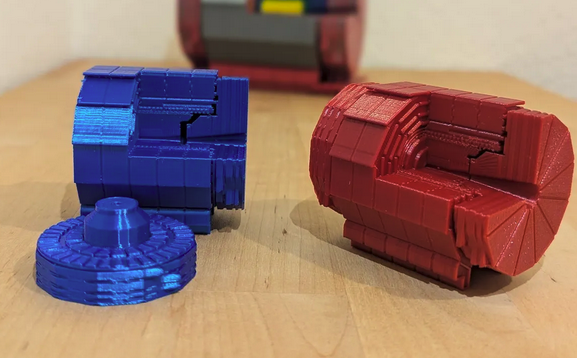
Interested in more models? You can find some ATLAS and other particle detectors here.
Link Summary:
Big LEGO Model
About making the model
Big 3D Print
Photos of the print
Other particle detector models

